7 Nights Santorini Yacht Charter Itinerary
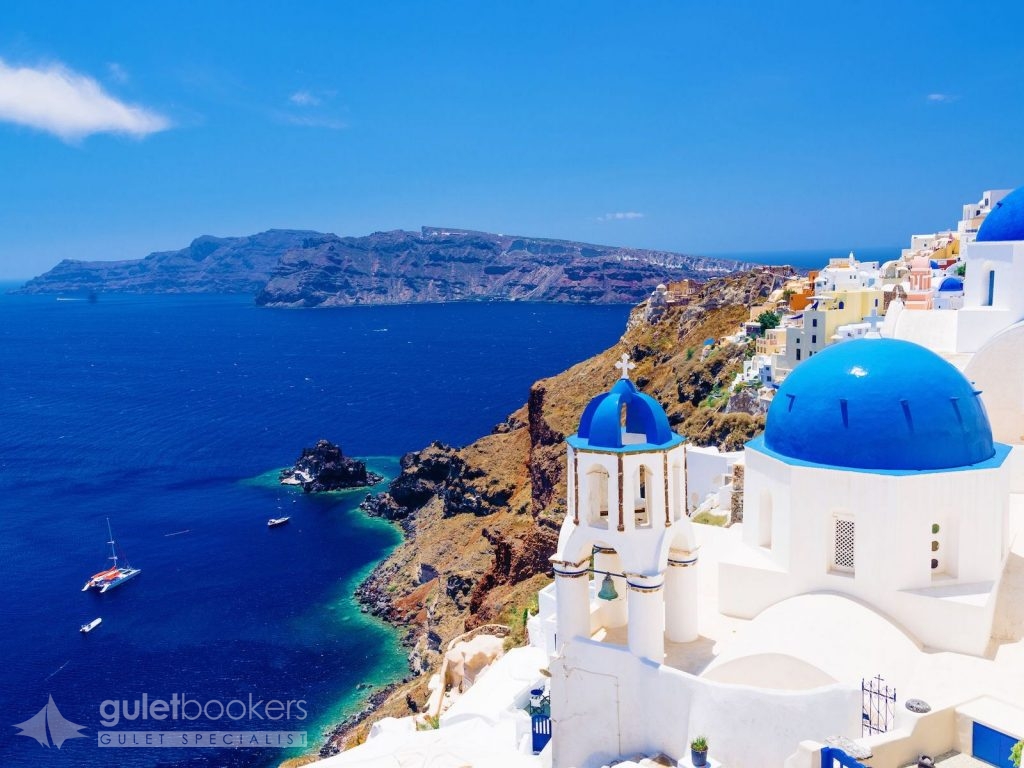
Santorini is one of the best known Greek islands the world over. It is in itself a unique geological phenomenon, as today’s island is what has remained of the initial island, Strongyli (meaning Round), which sunk to the bottom of the sea following an eruption of its volcano during the 16th century B.C. This has been one of the most powerful eruptions in the history of Earth: three quarters of the island were submerged, shaping today’s Caldera. Furthermore, the major aftermath of that eruption was the destruction of the Minoan Palaces in Crete. Santorini’s area is 73 sq. km, its coastal length is 69.5 km and there are 13,670 residents.
Santorini is the southernmost island in the Cyclades group. The island of Santorini is actually a group of islands comprised of Thira, Thirasia, Aspronisi, Palaia Kameni and Nea Kameni (Kameni meaning burned). The island’s architectural heritage is preserved remarkably well in Fira and Oia as well as in other inland villages. An important prehistoric civilisation thrived on the island, mainly during the Middle Cycladic Period, and was destroyed by the volcanic eruption. In time, the island was repopulated and it flourished during the Hellenistic and Roman times. Later on the Venetians took the island over and remained there for centuries. Over the last decades, Santorini has known a massive tourism growth. Still, the island has remained as appealing as ever, with secrets and places of unspoiled natural beauty yet to be explored, not to mention the lovely sunset for which Santorini has been renowned across the planet. Local wine is famous and the island’s vineyards have been producing it since antiquity. The grape varieties grown here are Asyrtiko, Athiri, Aidani, Mandilaria (red) and Mavrotragano (red). The quality of Vinsanto wine is exceptional and it is produced by mixing two varieties: Asyrtiko and Aidani.

This is the island of “The Big Blue”, a Luc Besson film which was mostly shot in Amorgos. It is located at the easternmost edge of the Cyclades and boasts a singular character. The mountainous landscape with impressive steep mountainsides and cultivation terraces with moderate yields, the steep rocks by the coast in the southern part and the scenic bays with beautiful seashores in the northern part of the island, make up Amorgos’ topography.
The island has been inhabited since Prehistoric times and prospered during the Cycladic Period. At that time, Amorgos developed a thriving trade, navigation and the arts. Three important ancient cities existed on the island, Minoa, Arkesini and Aigiali. During the Roman times, Amorgos used to be a place of exile. Panagia Hozoviotissa Monastery, its landmark, was built during the Byzantine Period. During the Frankish rule, the island suffered numerous invasions, to be occupied in the 16th century by the Turks. Amorgos participated in the Greek Revolution against the Ottoman Empire in 1821. The traditional Cycladic architectural style is evident in all of the island’s villages where local customs practice and a wellknown musical tradition have survived the test of time. A dense network of hiking trails enables hikers to visit the monuments and enjoy the island’s natural beauty. Its area is 121 sq. km, its coastline is 112 k. The crest of the island is Mount Krikellos (821 m.).
It is considered one of the most picturesque towns in the Cyclades, situated approximately in the middle of the island, surrounded by mountains and a hill with old windmills. A castle atop an imposing rock stands out on the island’s highest location, while at its foot lie the town’s snow-white houses. Old churches, traditional white houses with coloured doors and windows, stone paved narrow alleys, small squares, beautiful terraces, stairs decorated with colourful flower pots, small tavernas and cafés charm the visitor with their particular character.

Patmos is known as the “island of the Apocalypse” or “Jerusalem of the Aegean”: John the Theologian, one of Christ’s disciples, exiled to this island by the Roman emperor Domitian in 95 AD, wrote the “Book of Revelation”, the last book of the New Testament in one of the island’s caves.
The “Cave of the Apocalypse”, as it is known today, is one of the most historic and impressive sites in Greece. Patmos was first inhabited in prehistoric times. During the Roman times it was a place of exile. In 1088, the Blessed Christodoulos founded the Monastery of St John the Theologian. Over time the island flourished and the first mansions were built in the late 16th century. The Patmos Seminary (or Patmian School) was built in 1713. The island officially became Greek territory in 1948.
This small traditional town has been built around the monastery of Saint John the Theologian. It is one of the most beautiful and well preserved medieval towns found in the Aegean. The houses, built next to each other, have their windows placed high and leave room for narrow, mazelike paved alleys where you will find dozens of 15th-17th century churches, built with stone from Petrokopio (meaning stone quarry) and Manolakas. The roofs are made with timber from cypress trees and alternating layers of astivi (a kind of shrub endemic to Patmos), seaweed, and mud.
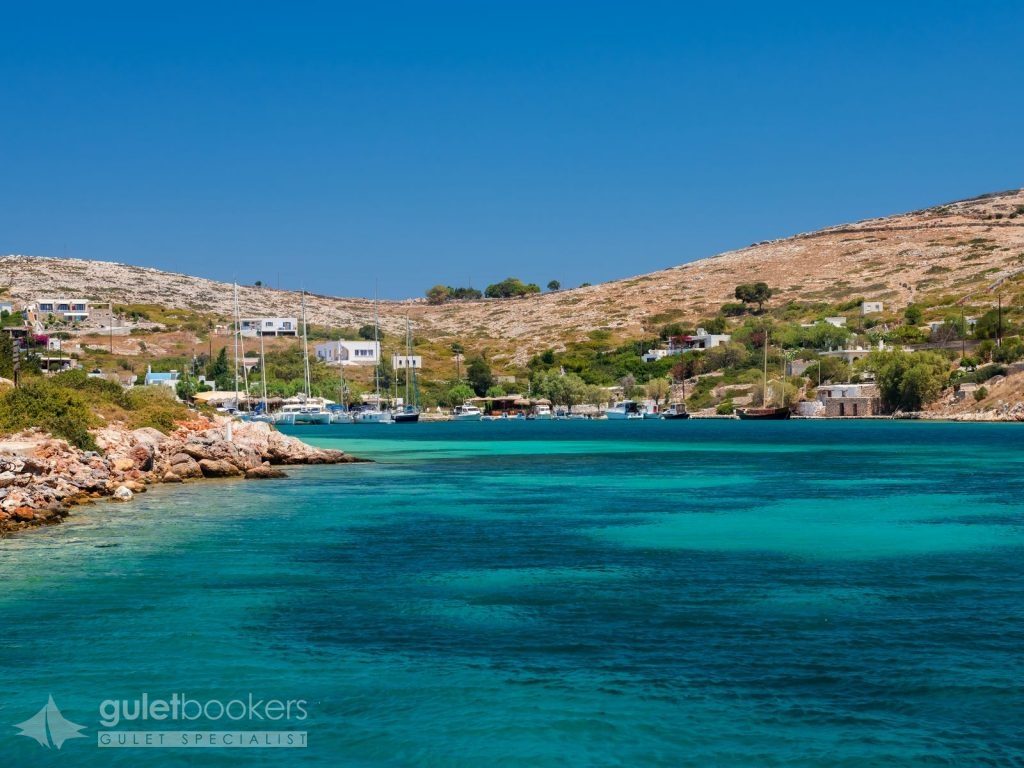
It is a small group of islands east of Patmos and north of Leipsoi with sparse, bushy vegetation. Arkoi village is on the largest island. Old stone houses, some whitewashed, some newly built and traditional tavernas make up the picture. Go for swimming in beaches where lentisks and tamarisks grow, such as Limnari, Kapsaliasmenos, Tiganakia, Patelia, and Ampelaki. You will also enjoy this type of beach at a small isle called Marathi.
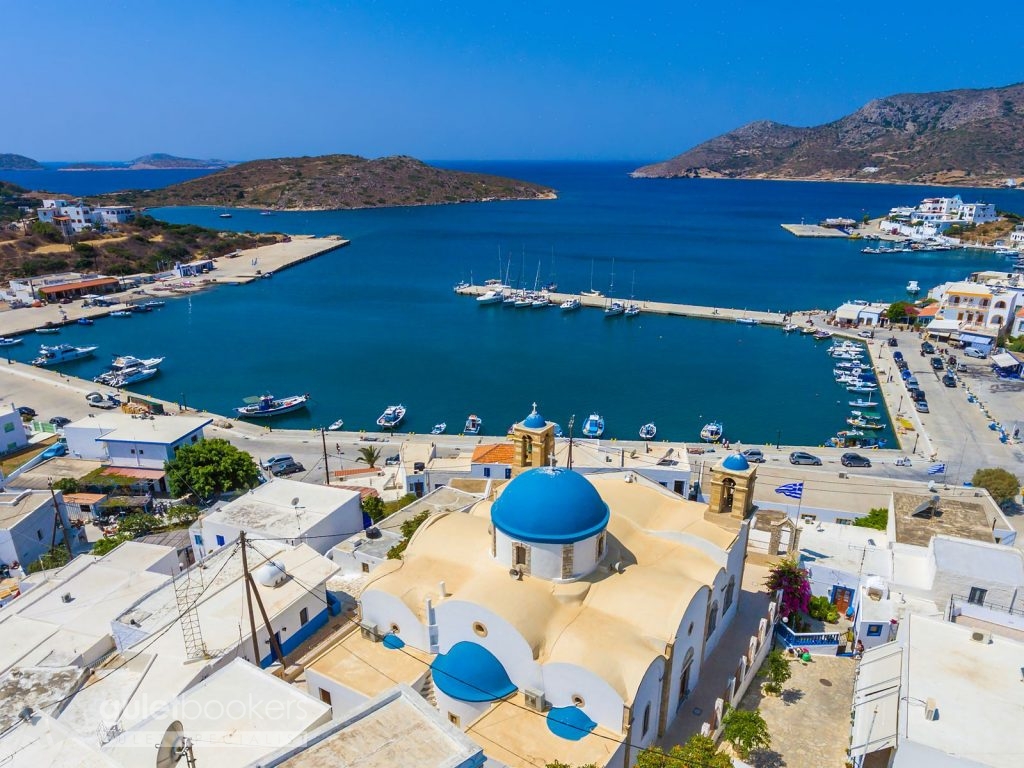
Leipsoi is the ideal island for a relaxed vacation: the nature and the locals have a unique way of helping visitors acquire a much needed inner peace. This is why locals say that it was probably this land, and not Calypso herself, that lured Odysseus into staying there when his ship strayed from the course set for his return to Ithaca.
Leipsoi is part of the northern Dodecanese. It is the largest island in a group of twenty islands and islets of enormous environmental value, as they are included in the Natura Networking Programme. They lie between Patmos and Leros and have been inhabited since prehistoric times. Leipsoi village was founded in 1669 by a man from Crete by the name of Elias. Leipsoi Island was integrated in Greece in 1948.
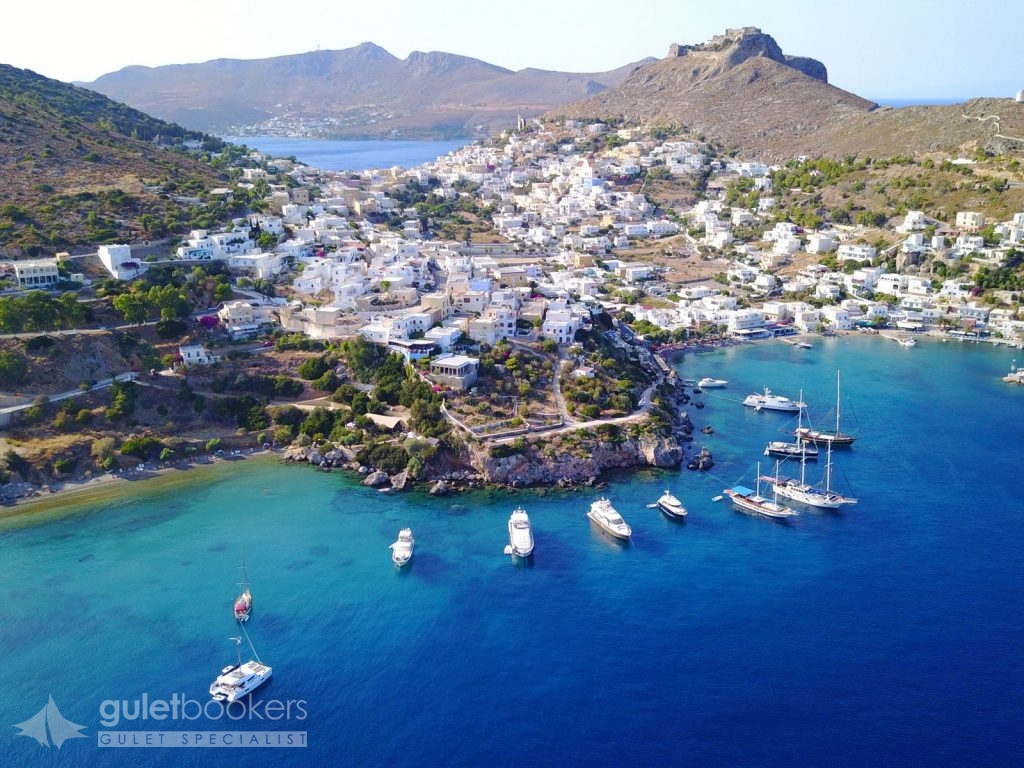
According to Greek mythology, Leros was considered as the island of Artemis, the goddess of forests and hunting. It is an ideal place for quiet holidays. The houses, built in the Italian architectural style, catch the eye. Take your pick among the beaches of crystal-clear waters and visit the towering castle of Panagia on Apityki hill. Coves protected from the elements, hills, large expanses of pine trees and olive groves, and low plains with freshwater streams complete the picture. The history of Leros begins in Neolithic times. In antiquity, the island was an Ionian settlement. In early Christian times (5th-7th c.) settlements began to spread along the coastline. The island was occupied by the Knights Hospitaller of the Order of St John from 1309 to 1522, when it was conquered by the Turks. In 1912, the island came under the Italian rule. The Italians took full advantage of the island’s strategic position and natural harbour. Leros was typically integrated in Greece in 1948. During the Civil War and in the years of dictatorship (1967-1974), Leros used to be a place of exile.
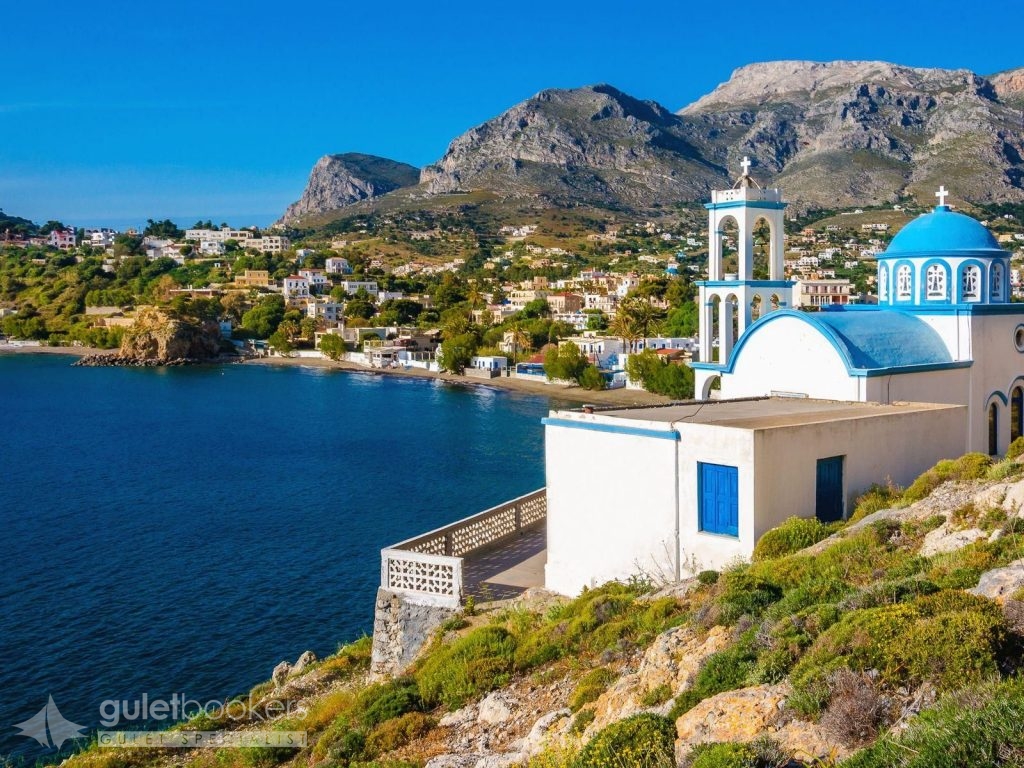
Kalymnos is the fourth largest island of the Dodecanese Group.It has often been called the “island of the sea sponge harvesters” due to the growth of the Greek sponge-harvesting trade in the 19th century. After WWII, Kalymnos remained the only Greek island engaged in the sea sponge-harvesting activity, supplying domestic as well as foreign markets and consequently making Kalymnos known as “the island of sponge harvesters” to the present day. In antiquity, Kalymnos and Leros were known as the Calydnae Islands. The first inhabitants of Kalymnos are said to have been the Kares from Asia Minor. In 1306 it was conquered by the Knights Hospitaller of Rhodes, who remained on Kalymnos until 1522 when the Turks occupied the island. The Italians took over in 1912 and in 1948 it was integrated in Greece. Today it is a tourist destination known worldwide for offering alternative-style vacations and activities such as climbing, scuba diving, mountain hiking and spelunking.

Kalymnos is the fourth largest island of the Dodecanese Group.It has often been called the “island of the sea sponge harvesters” due to the growth of the Greek sponge-harvesting trade in the 19th century. After WWII, Kalymnos remained the only Greek island engaged in the sea sponge-harvesting activity, supplying domestic as well as foreign markets and consequently making Kalymnos known as “the island of sponge harvesters” to the present day. In antiquity, Kalymnos and Leros were known as the Calydnae Islands. The first inhabitants of Kalymnos are said to have been the Kares from Asia Minor. In 1306 it was conquered by the Knights Hospitaller of Rhodes, who remained on Kalymnos until 1522 when the Turks occupied the island. The Italians took over in 1912 and in 1948 it was integrated in Greece. Today it is a tourist destination known worldwide for offering alternative-style vacations and activities such as climbing, scuba diving, mountain hiking and spelunking.
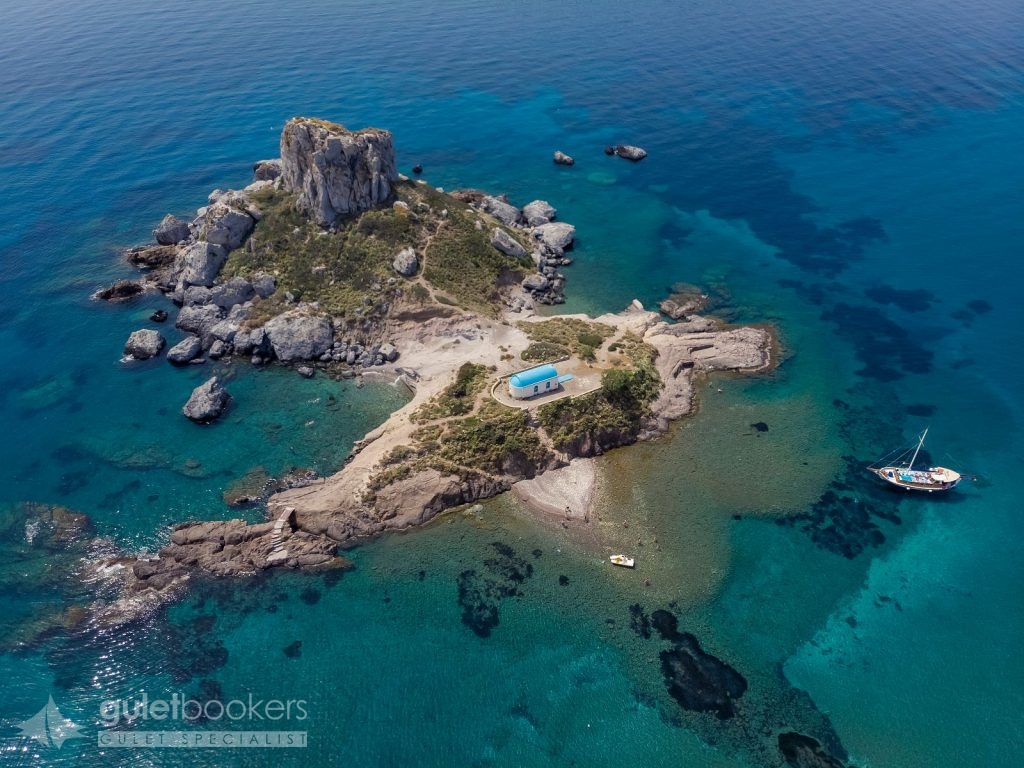
Endless beaches with turquoise waters; lush vegatation and abundantly flowing streams; ancient and medieval monuments; grand edifices of Italian architecture all come to spell one word: Kos, the third largest island of the Dodecanese Group, only 4 miles away from the coast of Turkey. It is said that the island was named after the daughter of Merops, an ancient king – according to legend – who was also known as Koos. It is the birthplace of Hippocrates, the “Father of Medicine” (460-377 BC). It has been populated since neolithic times (5th-4th millenium BC). In the 14th c., the Knights Hospitaller of the Order of St John took over the island, strengthened the fortifications of older castles and built new ones. During the Turkish Occupation, the island suffered onslaughts by many invaders (the Knights, the Venetians, etc.). A number of monumental public buildings were constructed during the Italian rule (1912-1945). The island was integrated in Greece in 1948.
Send Enquiry Santorini to Kos One Way Charter Route
This itinerary is only bookable for private charters. If you are interested in a cabin charter, please contact us for more information.
Guletbookers is the independent gulet charter company located in Bodrum - Turkey and dedicated to giving you
the best gulet charter possible from the widest choice of gulets possible.
Get in touch via WhatsApp for Seamless Communication.
Talk to our experts and browse through more yachts.







